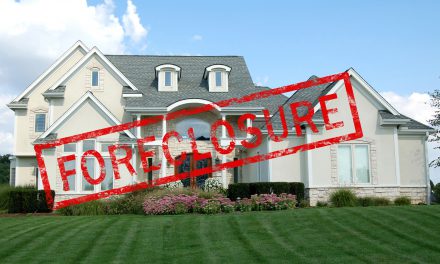Are you seeing an increase in multi-family housing investment in your market?
- Yes (71%, 20 Votes)
- No (29%, 8 Votes)
Total Voters: 28
The income property outlook has been dour since the Great Recession – with the exception of multi-family housing. Jobs are not yet offered by businesses or governments sufficient to fill up unused industrial, office or retail space.
Homeownership rates have decreased as foreclosures and shortsales continue to force former homeowners into rental housing. The increased demand for rentals has led to a recent surge in apartment property purchases. U.S. apartment property sales in January 2012 totaled $3.8 billion, an increase of 53% from January 2011, according to Real Capital Analytics Inc.
Nationwide, apartment vacancy rates are at a ten-year low of 5%, compared with the 17% office vacancy rate and 11% retail vacancy rate. The low apartment vacancy rate is supported by high demand from former homeowners and by the diminishing supply of vacant rental housing.
Nationally, 2011 saw the fewest number of new apartment units completed in 31 years, according to Reis Inc., meaning rent rates will continue to climb. This year rents are expected to increase 4% on average and apartment revenues will increase for owners by nearly 7%, according to Axiometrics Inc.
The surge in demand for apartment buildings is good for investors and good for lenders. On average, investors are paying up to 75% of the value on defaulted multi-family housing mortgages – a higher rate than any other type of commercial property – meaning lenders sense value in multiple units. In San Francisco and Los Angeles, the rate is 86% and 85% respectively. This high recovery rate is sustained as more income property investors find merit in investing in the presently stable multi-family housing market.
first tuesday take: In California, 6% of multi-family rentals are vacant, compared with the previous year’s 7.5%.
For real estate investors, multi-family rentals will be the income property investment of choice as homeownership levels continue to fall in California.The homeownership rate has always been lower in our Golden State – in 2011, the national homeownership rate was 66%, compared to 55% in California. Thus, many who lost their homes due to the recession will continue to rent as the present lukewarm attitude toward homeownership is cemented for more Californians in the wake of the housing crisis.
Generation Y (Gen Y) will also spur the growing demand for multi-unit rental housing. Fewer members of Gen Y are expected to take on the mantle of homeownership than Boomers; they have observed their parents’ loss of wealth and home during the housing crisis. Expect to see Gen Y flock to apartment houses in urban areas to take advantage of urban job opportunities and amenities. Investors will follow their trail to get a lead on the more lucrative multi-family investments.
Related articles:
On the construction front, multi-family housing construction is headed toward recovery, albeit slowly, as the increased demand for rental housing loosens up money for builders to add more projects. Eventually multi-family starts will catch up with demand, as the homeownership rate stabilizes in California around 2016, the likely point beyond which the annual numbers of foreclosures and bankruptcies will quickly diminish.
Further, rents are influenced by tenant demand but ultimately decided by personal income – a definite cap for how much renters are able to pay, which is the same that exists for mortgage payments. While rentals will continue to be a good investment so long as we see low homeownership rates, rent rates can only go so high before reaching their payment ceiling.
Investors: don’t expect rent and occupancies to increase indefinitely. Excessive profits will bring in the builders creating new, sparkling fresh residential units.
Agents need to join in any local effort to replace the antiquated density and height ordinances impeding new multi-family housing starts in city centers and along routes of travel, be they road or rail.
Related articles:
Re: “Recovery of Commercial Property Fueled by Apartments: Mortgages” from the Washington Post




















http://www.federalreserve.gov/newsevents/press/bcreg/20120405a.htm